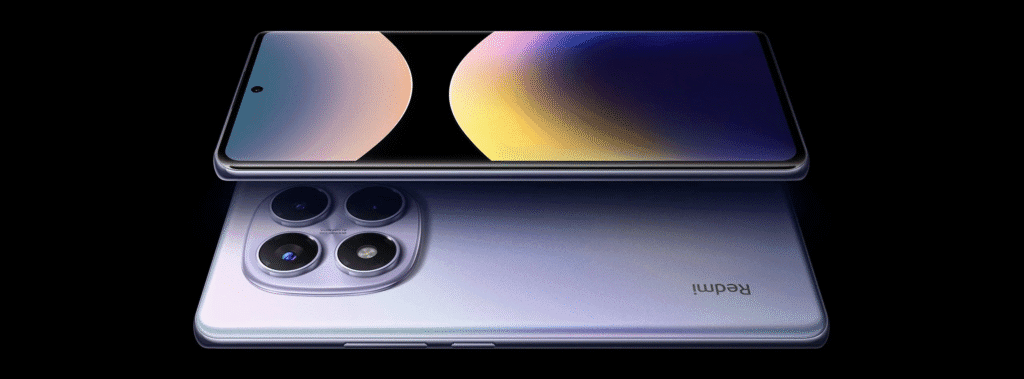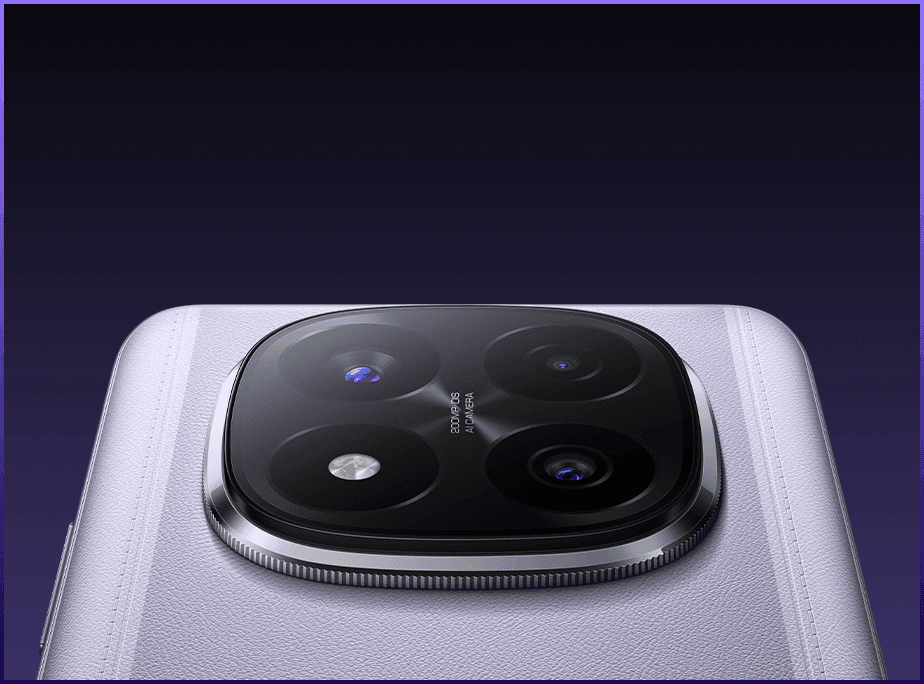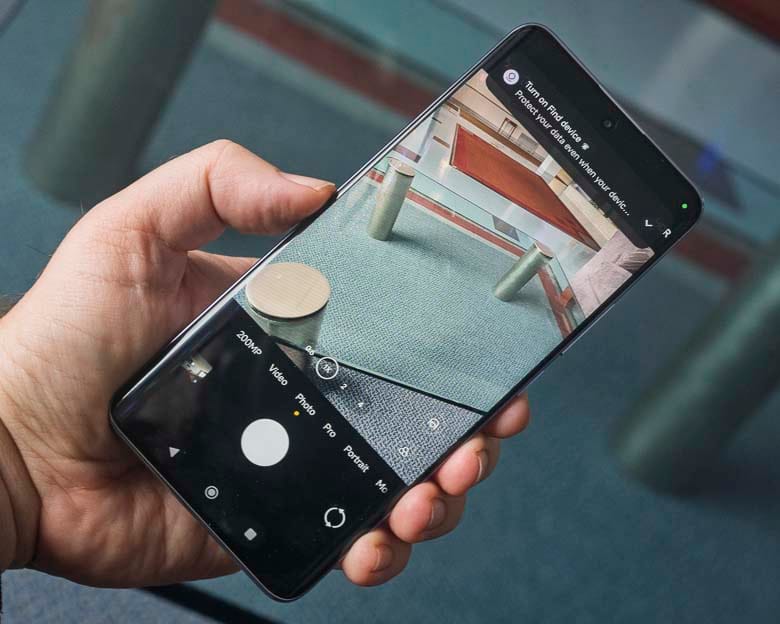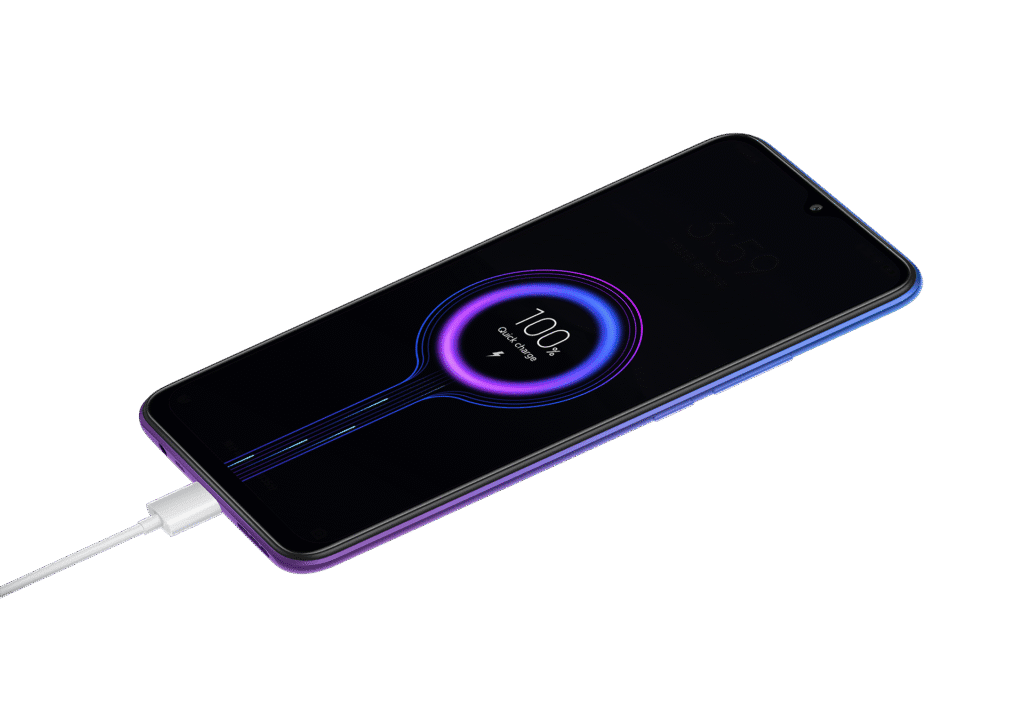In 2025, the Redmi Note 14 Pro Plus stands out as a compelling choice in the upper mid-range segment. Powered by the Snapdragon 7s Gen 3 and equipped with LPDDR5 RAM and UFS 4.0 storage, it delivers flagship-level performance at a competitive price. The device boasts a stunning 1.5K AMOLED curved display with 120Hz refresh rate, making it ideal for multimedia and gaming. Its 200MP Samsung HP3 main sensor with OIS ensures high-detail shots, even in low light. On top of that, the massive 5000mAh battery with 120W HyperCharge can take you from 0 to 100% in under 20 minutes. However, it lacks wireless charging and still runs MIUI (HyperOS) with occasional bloatware. Despite that, for users seeking top-tier performance, stunning visuals, and ultra-fast charging under a budget, the Redmi Note 14 Pro Plus is absolutely worth it in 2025.
About Display
The Redmi Note 14 Pro Plus boasts a premium display that stands out in its price segment, offering features typically found in higher-end smartphones. Redmi Note 14 Pro Plus comes with a 6.67-inch AMOLED, 120Hz refresh rate, HDR10+, and Dolby Vision, 3000 nits peak brightness. Is 3000 nits brightness really that high? No, it’s not.
Higher numbers don’t mean giving high performance, it’s only to show people why they should buy. That doesn’t mean it’s not bright. The display is bright and can give you a better viewing when you go out, and you can easily see the contents you want to see. But it’s not as bright as 3000 nits. HDR 10+ works pretty well. The display feels crunchy, the colors are good & Netflix contents look really colorful thanks to HDR 10+.
More about the display:
. 2712 × 1220 pixels (1.5K) 3D curved AMOLED display, resulting in a sharp ~446 PPI density. No miss-touch issue found so far.
. 12-bit, supporting over 68 billion colors.
. HDR10+ and Dolby Vision for enhanced dynamic range
. Corning® Gorilla® Glass Victus® 2 for improved durability

Build Quality
Gorilla Glass Victus 2 front, Gorilla Glass 7i or eco-leather back, aluminum frame. Depends on which variant you take. Build quality is good, nothing to complain about here.
Water & Dust Resistance: IP68 certified
It can withstand submersion in up to 1.5 meters of freshwater for up to 30 minutes.
Performance unit

The Qualcomm Snapdragon 7s Gen 3 (4nm) is a mid-range mobile processor launched in early 2024, still delivering a decent performance till now.
It is a well-balanced processor for daily use and good gaming performance.
This Processor is Based On a 4nm architecture(the smaller, the better the performance)
Performs well in PUBG 60 fps, with no real lag, maintaining high frame rates even during intense gameplay. The device remains adequately cool during extended gaming sessions
Octa-core
4x Cortex-A78 @ up to 2.4 GHz (performance cores)
4x Cortex-A55 @ up to 1.95 GHz (efficiency cores)
powered by Adreno 710 (GPU)
Snapdragon X62 5G (sub-6 GHz, up to 2.9 Gbps download)
Operating System is based on Android 14 HyperOS 1.0, supporting up to 3 years of major Android upgrades. That’s a good thing. But in this budget, we should have at least 5 years of major Android upgrades.
RAM & Storage:
Ram Options include 8GB/12GB RAM
It’s an LPDDR5 RAM, which is good.
Speed: Up to 6400 Mbps (megabits per second)
Performance Implications:
Faster app loading
Better multitasking
Improved gaming performance
Lower power consumption compared to LPDDR4x
Storage: 128GB/256GB/512GB UFS 2.2 storage.
UFS 2.2 in 2025 is a lot slower. If you buy the higher variants, 256 or 512, you will get the UFS 3.1 (that is much faster than UFS 2.2-based storage).
Camera Part

Rear Cameras: Triple setup with a 50MP or 200MP (depending on which region device you buy) main sensor (OIS), 50MP telephoto lens, and 8MP ultrawide lens. The 50MP main camera utilizes the OmniVision OVX8000, also known as the Light Hunter 800, which is a large 1/1.55″ sensor equipped with optical image stabilization (OIS).
Camera Sensor Breakdown by Region
China & India:
Main Camera: 50MP OmniVision OVX8000 (Light Hunter 800)
Telephoto: 50MP Samsung ISOCELL JN1 (2.5x optical zoom)
Ultra-Wide: 8MP Sony IMX355
Main Camera: 200MP Samsung ISOCELL HP3 (S5KHP3)
Ultra-Wide: 8MP Sony IMX355
Macro: 2MP OmniVision OV02B10
Front Camera: 20MP OmniVision OV20B
Therefore, only the ultra-wide camera (Sony IMX355) is a Sony sensor across all variants.
The Redmi Note 14 Pro Plus delivers a commendable camera experience for its price range, though it doesn’t quite reach flagship-level performance. Here’s a detailed overview based on expert reviews:
Main Camera (50MP or 200MP, depending on variant)
Daylight Performance captures photos with good dynamic range, vibrant colors, and consistent color reproduction across sensors. 4K video recording offers a wide dynamic range, decent sharpness, and lively colors with minimal noise. Video stabilization is effective, even at 2x zoom. Low-light performs well in bright and indoor conditions, preserving details and maintaining accurate white balance. Produces good images in proper lighting and even in night shots, but doesn’t outshine competitors in the same price range. Offers 4K recording, and the video quality is decent. Good boosted color is good for starting decent content creation.
Ultra-Wide & Secondary Cameras
Ultra-Wide Lens: The ultrawide footage is soft with washed-out colors and a narrow dynamic range.
Macro & Front Cameras: The 2MP macro camera and 20MP front-facing camera deliver acceptable results but are not standout features.
Front Camera Performance
Image Quality: The selfie camera captures images with decent detail and pleasing colors. However, some reviews note that facial features can appear slightly soft, and the overall detail isn’t exceptional. Colors are generally accurate and natural, especially in outdoor conditions. In low-light scenarios, the front camera maintains acceptable performance, though there might be a slight decrease in detail and an increase in noise. The front camera supports video recording up to 1080p, and the video quality is suitable for video calls and casual recordings.

Rear Camera Portraits (Main Sensor)
Subject Separation & Background Blur: The main camera excels in portrait mode, providing good subject detection and separation. The background blur is convincing, offering a natural depth-of-field effect, skin textures can appear slightly unnatural, and skin tones might not always be to everyone’s preference.
Front Camera Portraits (20MP Selfie)
The 20MP front camera delivers decent selfies with accurate color reproduction. However, facial features can sometimes appear soft, and the detail isn’t exceptional.
Battery & Charging

6200mAh capacity with 90W wired fast charging.
The capacity is good compared to other brands or other phones. 90W charging is fast, but they can give us 120W for a bit more spice.
Now the pricing:
Now the pricing:
Price in Bangladesh (Unofficial)
8GB + 128GB ৳35000
12GB + 256GB ৳42,900
12GB + 512GB ৳45,000
Note: These are unofficial prices; official variants may have different pricing and warranty terms.
In this price segment, about 35-45k Taka, it’s an excellent deal. It has a good display, a better performance unit than the other brands at this price, and also has a decent battery and camera. If you want a good deal, you surely can have it.However, Redmi Note 14 Pro Plus: Is it Worth it in 2025?, answer always depends on your needings.
Redmi Note 14 Pro Plus: Is it Worth it in 2025? *The information provided above is not entirely correct. There is always the possibility of making an error when adding information. In general, we gather information from the manufacturer’s website and other